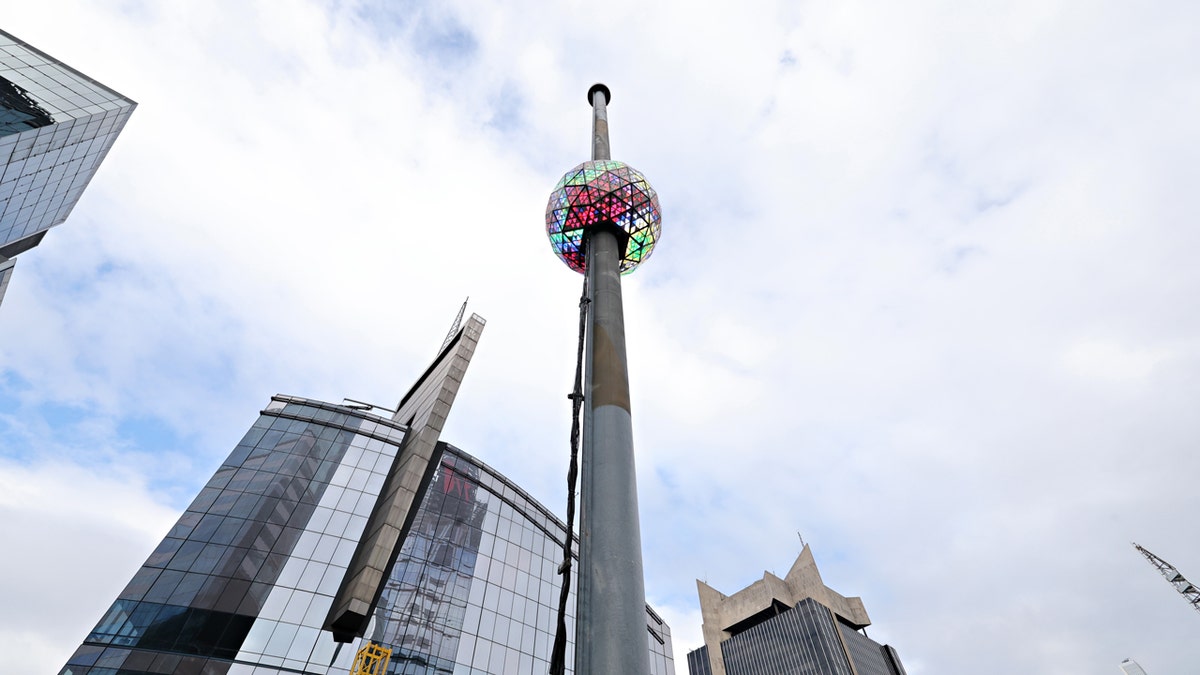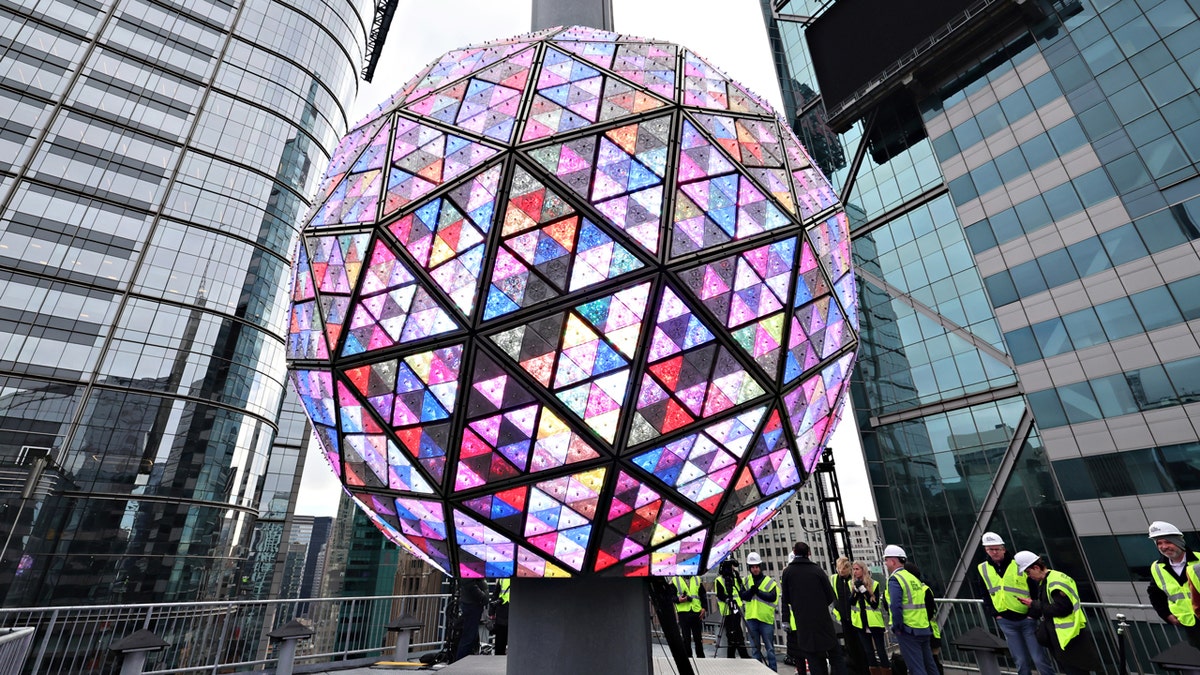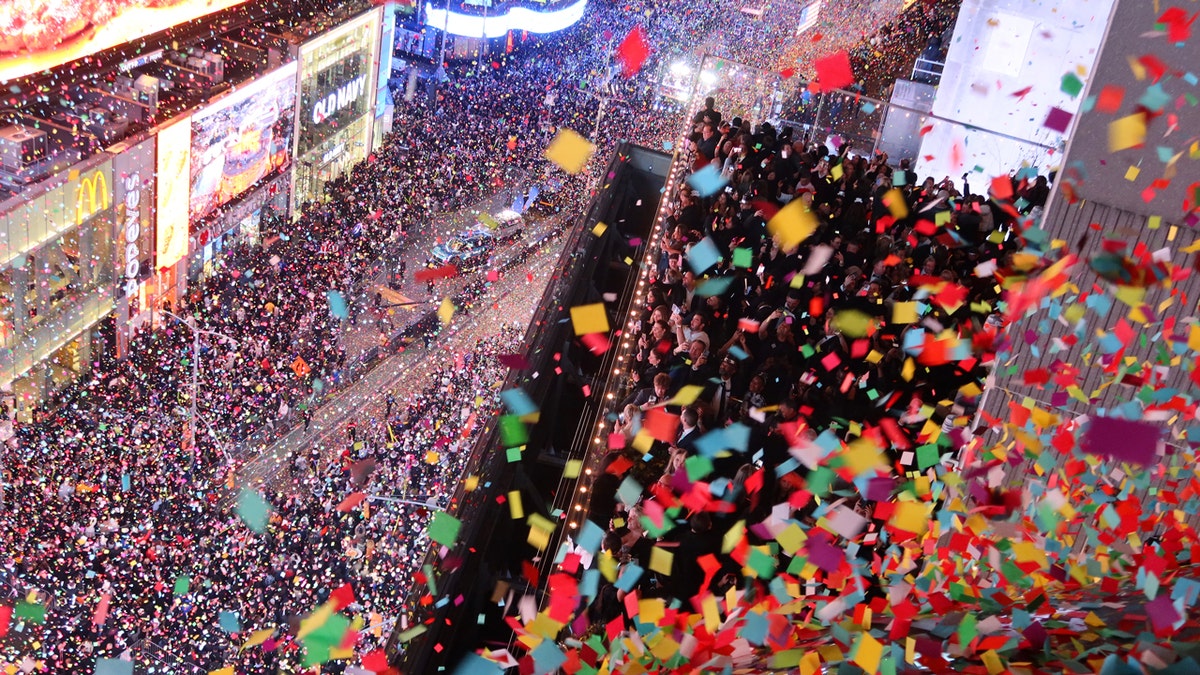The Times Square New Year's Eve ball drop is a globally recognized event, drawing over a million people to the heart of New York City and captivating billions more watching from home. Beyond the dazzling spectacle, the tradition holds a fascinating history and some intriguing quirks.
Here are seven noteworthy facts about this iconic celebration:
1. Origins of the Ceremonial Ball Drop
The concept of a ceremonial ball drop to mark a specific time isn't unique to Times Square. It dates back to the early 19th century, with the first time ball installed at the Royal Observatory in Greenwich, England, in 1833. This ball descended daily at 1 p.m., allowing ships to synchronize their chronometers. The practice spread to naval academies and observatories worldwide, eventually reaching the United States.
2. The First Times Square Ball Drop
Times Square became the epicenter of New York City's New Year's Eve festivities in 1904, but the inaugural ball drop occurred in 1907. Crafted from iron and wood, the first ball weighed 700 pounds and featured 100 25-watt light bulbs. Immigrant metalworker Jacob Starr is credited with constructing this initial version.

The ball drop has been a tradition in New York City since 1907. (Cindy Ord/Getty Images)
3. Witnessing the Spectacle: Free or Fee?
Attending the Times Square ball drop itself is free, with viewing areas available on a first-come, first-served basis. However, securing a spot requires dedication and early arrival. For a more comfortable experience, hotels and restaurants in the vicinity offer viewing options, but these come with a premium price tag.
4. Dimensions of the Dazzling Orb
The current Times Square ball is a technological marvel, weighing nearly six tons and measuring 12 feet in diameter. Its surface comprises 2,688 crystal triangles and 32,256 LED lights, creating a mesmerizing display. While the ball remains perched above Times Square year-round, its full brilliance is unleashed on New Year's Eve.

Through the years, the Times Square ball has received several alterations. (Cindy Ord/Getty Images)
5. Years Without a Drop
In its over-a-century history, the Times Square ball drop has only been canceled twice: in 1942 and 1943. These cancellations were due to wartime restrictions imposed on New York City during World War II.
6. Evolutions of the Iconic Ball
The Times Square ball has undergone seven iterations since its inception. Following the original iron and wood design, a 400-pound wrought iron ball was introduced. This was succeeded by a lighter 150-pound aluminum ball in 1955. The 1980s saw the ball adorned with red light bulbs and a green stem for the "I Love New York" campaign, later reverting to traditional white lights. The integration of strobes and computer controls marked further advancements. The millennium celebration in 2000 brought a complete redesign, incorporating more technology. Finally, the current version debuted in 2007 for the ceremony's centennial, featuring LED lighting technology for enhanced brilliance.

The New Year's Eve ball drop is a highly anticipated event. The streets, hotels and restaurants are all filled with those trying to catch a glimpse of the famous spectacle. (Gary Hershorn/Getty Images)
7. The Countdown Begins
The descent of the Times Square ball commences precisely 60 seconds before midnight, initiating the countdown to the New Year. Leading up to this climactic moment, a variety of entertainment, including musical performances, keeps the energy high for both the live audience and those watching from around the world.

Leading up to the ball drop, A-list performers take the stage to entertain the eager crowd. (John Lamparski/AFP via Getty Images)
Comments(0)
Top Comments